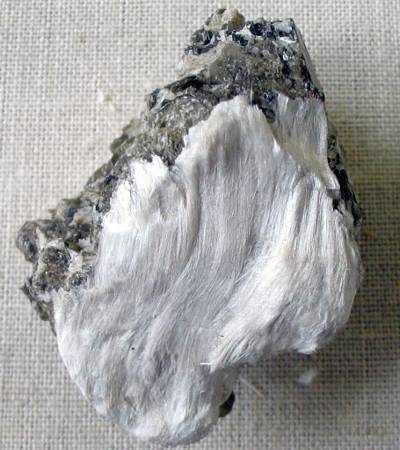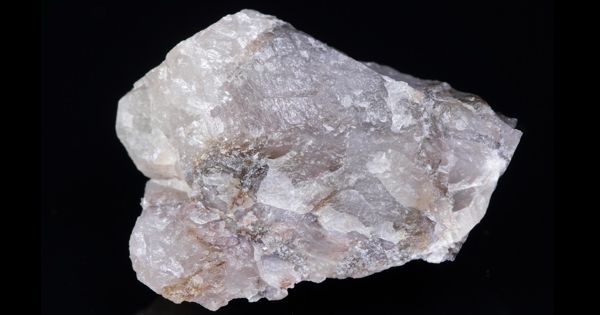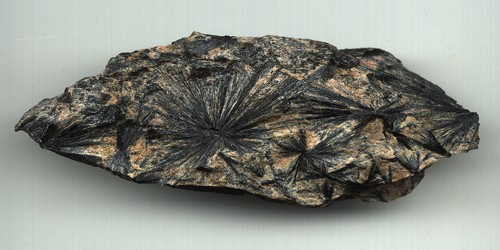Asbestos is a naturally occurring mineral substance that can be pulled into a fluffy consistency. It is a set of six naturally occurring silicate minerals, which all have in common their eponymous asbestiform habit: i.e. long, thin fibrous crystals, with each visible fiber composed of millions of microscopic “fibrils” that can be released by abrasion and other processes. Asbestos fibers are soft and flexible yet resistant to heat, electricity and chemical corrosion.
Pure asbestos is an effective insulator, and it can also be mixed into cloth, paper, cement, plastic and other materials to make them stronger. They are commonly known by their colors, as blue, brown, white, and green asbestos.
General Information
- Category: Silicate minerals
- Crystal system: Monoclinic, Orthorhombic
- Mineral Classification: Silicate.

Properties
- Formula mass: 277.11 g
- Color: Green, red, yellow, white, blue
- Crystal habit: Amorphous, granular, massive
- Fracture: Fibrous
- Mohs scale hardness: 2.5–3
- Luster: Silky
- Streak: White
Asbestos mining existed more than 4,000 years ago, but large-scale mining began at the end of the 19th century when manufacturers and builders began using for its desirable physical properties. Some of those properties are sound absorption, average tensile strength, affordability, and resistance to fire, heat, and electricity. It was used in such applications as electrical insulation for hotplate wiring and in building insulation. When asbestos is used for its resistance to fire or heat, the fibers are often mixed with cement or woven into fabric or mats. These desirable properties made asbestos very widely used. It uses continued to grow through most of the 20th century until public knowledge (acting through courts and legislatures) of the health hazards of asbestos dust outlawed asbestos in mainstream construction and fireproofing in most countries.
Despite the severity of asbestos-related diseases, the material has extremely widespread use in many areas. Asbestos’ continuing long-term use after harmful health effects were known or suspected, and the slow emergence of symptoms decades after exposure ceased, made asbestos litigation the longest, most expensive mass tort in U.S. history and a much lesser legal issue in most other countries involved. Asbestos-related liability also remains an ongoing concern for many manufacturers, insurers, and reinsurers.
Information Source;
















